These days, it seems that everybody wants a piece of America’s public lands all to themselves. But the strategists behind the land transfer movement aren’t the only ones creating confusion to keep you from your public lands.
We received the following inquiry from a hunter in Oregon.
Q: What should I do when I find a “no trespassing” sign on public lands?
To whom it may concern,
I have a question regarding the posting of ‘No Trespassing’ signs on public land. I hunt late-season blacktails on public land in the Soda Mountain Wilderness of southern Oregon. The wilderness is adjacent to BLM lands and private lands.
I use the OnXMaps mapping service on my phone, and I always make sure to stay off of private land while I’m hunting, so I thought it was weird when I saw ‘No Trespassing’ signs posted within the wilderness boundaries. Even though I assumed the signs were incorrectly placed, I stayed off of the so-called private property and headed down the hill to my truck. At the trailhead, there was a landowner trying to find who had been hunting on his property. He threatened to have the trailhead closed and to prosecute the alleged trespasser to the maximum extent of the law. He wasn’t specifically accusing me, but was heavily insinuating it.
I pursued the issue and looked up BLM and wilderness maps online; they all showed that the landowner had placed ‘No Trespassing’ signs well into public lands.
It seems like there should be a significant penalty for this misconduct, but I cannot find any information regarding this issue.
Any tips or recommendations would be greatly appreciated.
Thank you for your time.
-Jason Y.
Coos Bay, OR
We thought it was an excellent question because we don’t believe the hunting and fishing public should get locked out of public lands that we all own so that a select few can benefit.
A: Let officials know, and be courteous.
From my point of view as a fellow Oregon public lands hunter, I can understand why you’d want to avoid this kind of confrontation and get to the bottom of things. It’s hard to say whether this landowner truly was mistaken about his property line or putting on an aggressive show. I reached out to Sean Carothers, a former BLM law enforcement officer in central Oregon, for his take on what to do next.
“I would contact the appropriate BLM district—I believe that’s the Medford District—and ask to speak with the law enforcement staff there,” says Carothers. “The BLM has regulations about ‘Interfering with Lawful Use’ and posting public lands as private is a classic example of that.
“At the very least, a ranger will go out and remove the signs. If it’s possible to identify the person who put the signs up, they will contact them and clear up any confusion about where the boundaries are and document the conversation so if it happens again, there’s a record for future enforcement. It could be a simple misunderstanding or it could be someone claiming public lands as his own. Either way, if the land truly is public, the signs are illegal and the district should do something,” he says.
The way I see it, in these vast landscapes interwoven with public and private lands, the improved mobile mapping technology we have at our disposal is now more accurate than what we had decades ago, but that doesn’t make them flawless. Fences or ‘No Trespassing’ signs may be misplaced, but we as sportsmen need to be respectful, and give the landowners the benefit of the doubt.
If you have any question, please take the higher ground and heed Sean’s advice: Call the BLM and let their law enforcement experts handle it. Be sure to take note of the precise location as well. Screenshots of your maps, pictures of the fences or signs, as well as the coordinates of your whereabouts are all good to pass on. The BLM can take it from there.
Part of being #PublicLandsProud and practicing #ResponsibleRecreation is being a good steward of the land—this includes showing respect for both public and private boundaries, even when you’re in the right and someone else might be mistaken. You never know when you might need to knock on that door again, perhaps to ask permission to retrieve lawfully taken game that crossed onto accurately marked property.
It’s important to remember that we’re all doing PR for hunting and fishing, in every social media post and every interaction with a non-sportsman. And we’ll come to rely on the image and relationships we’ve built as we work to uphold Theodore Roosevelt’s conservation legacy and our country’s rich history of public lands access.
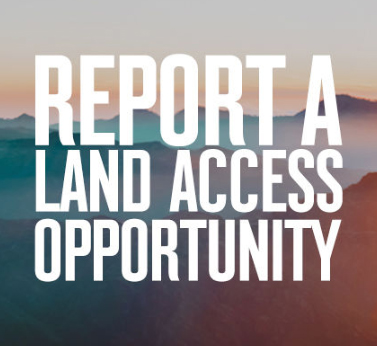
Have you ever found a ‘no trespassing’ sign or locked gate on public land?
A new tool from the creators of the onX Hunt app helps you report it. The project is supported by the TRCP, Rocky Mountain Elk Foundation, and Backcountry Hunters & Anglers, and among our three groups we will find the best authority to address crowd-sourced public access challenges—and opportunities to create new access. Head over to onX to share:
- Properties currently for sale that could provide a new public access route to public lands
- Public land parcels that are currently landlocked or have no legal access
- Gates or roadblocks restricting travel to public lands
- Public waters that are difficult or impossible to reach
Private landowners can report places where the public is trespassing while trying to reach public land or spots they have opened to allow the public to cross responsibly.

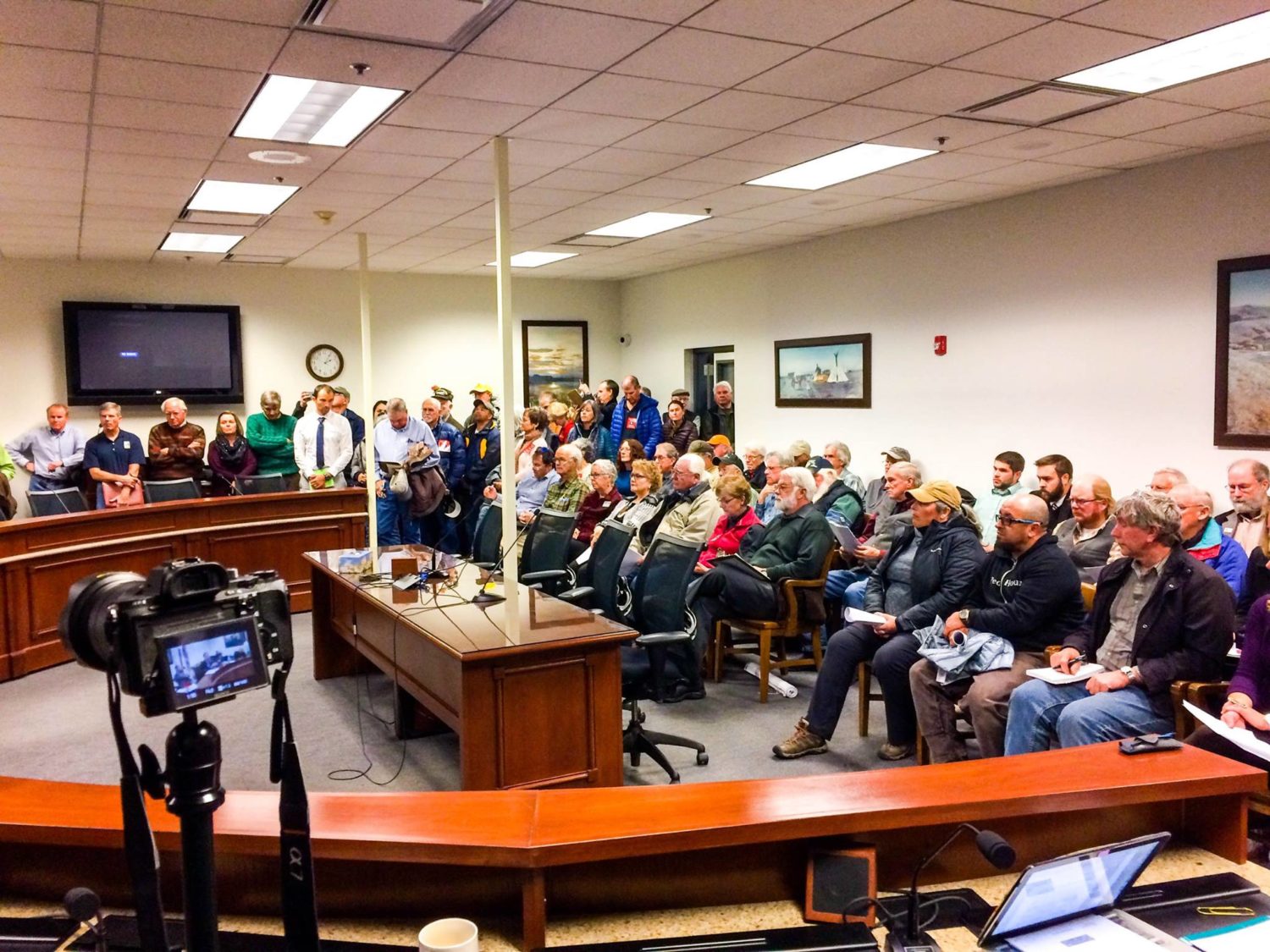
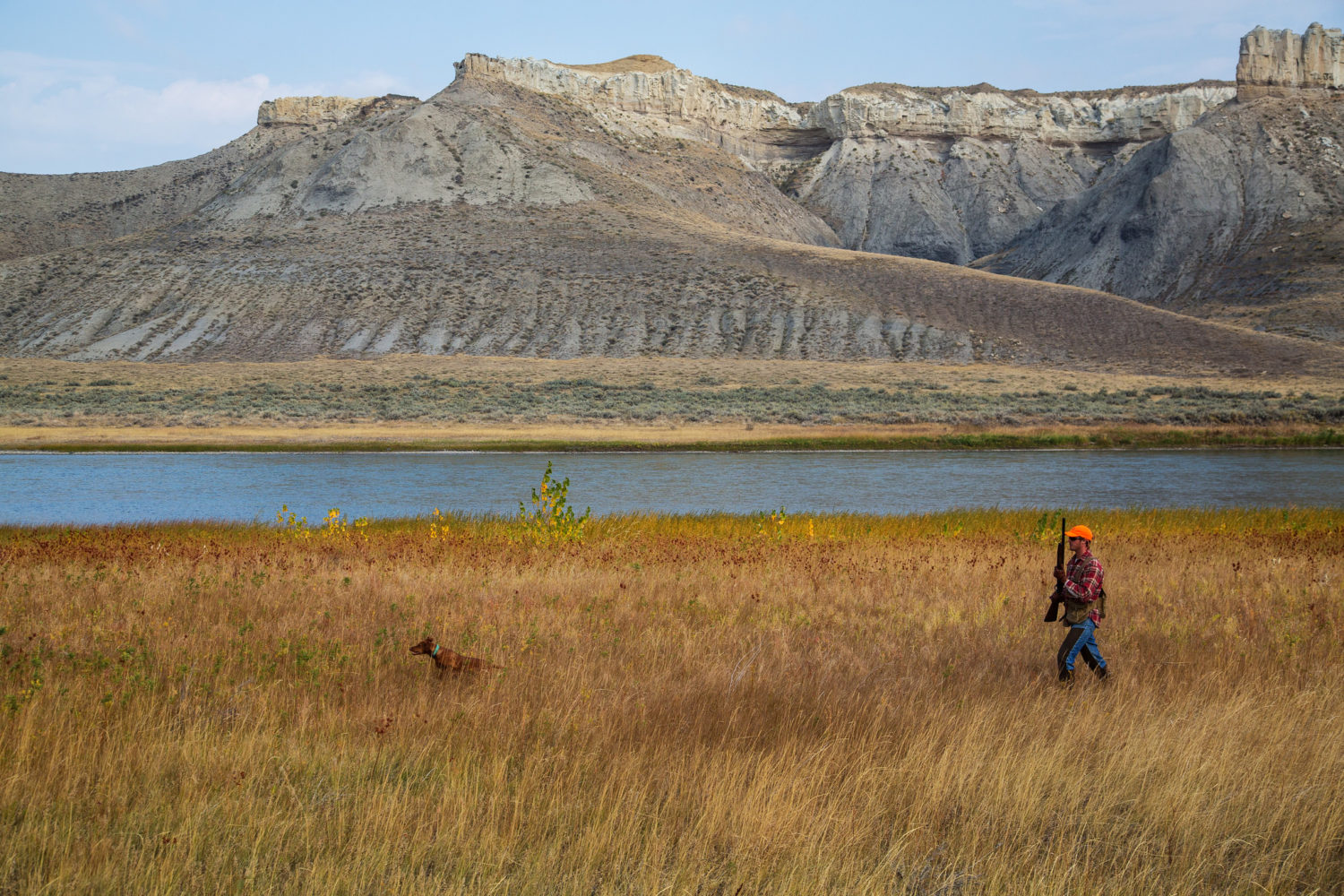
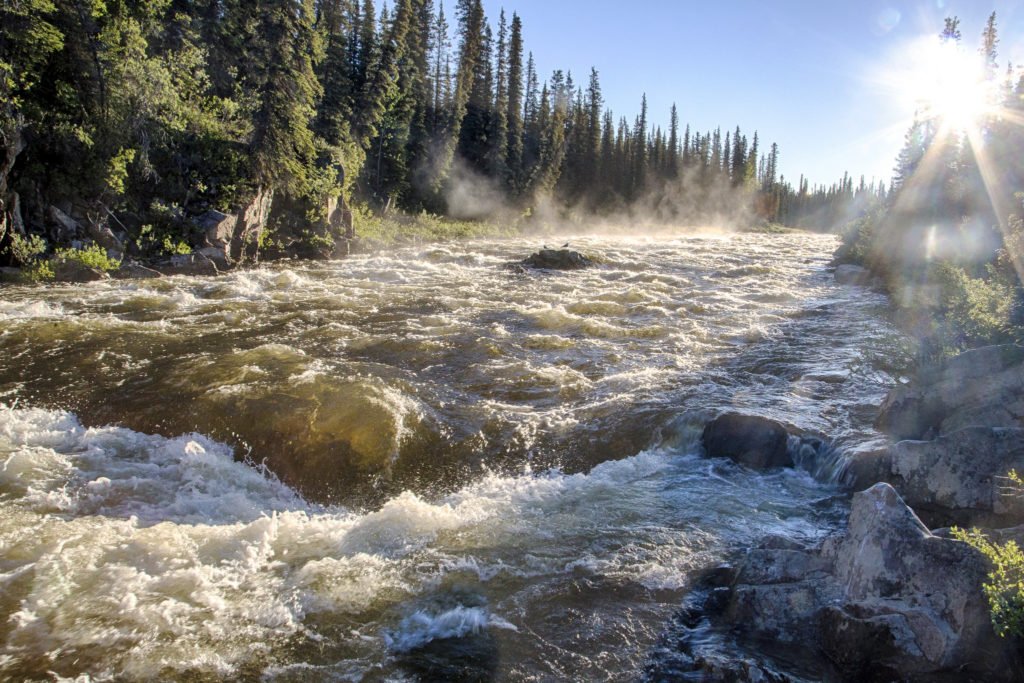
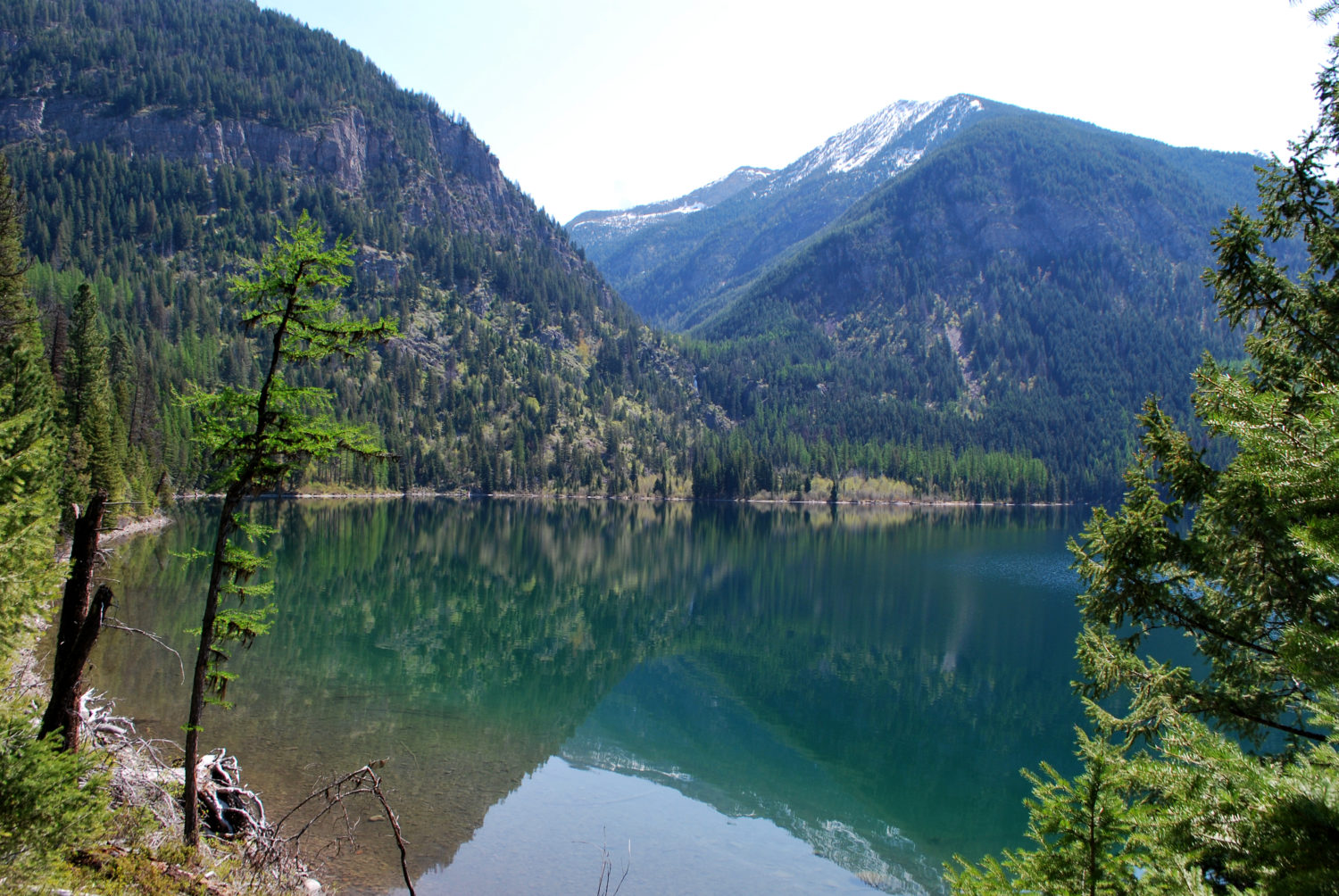

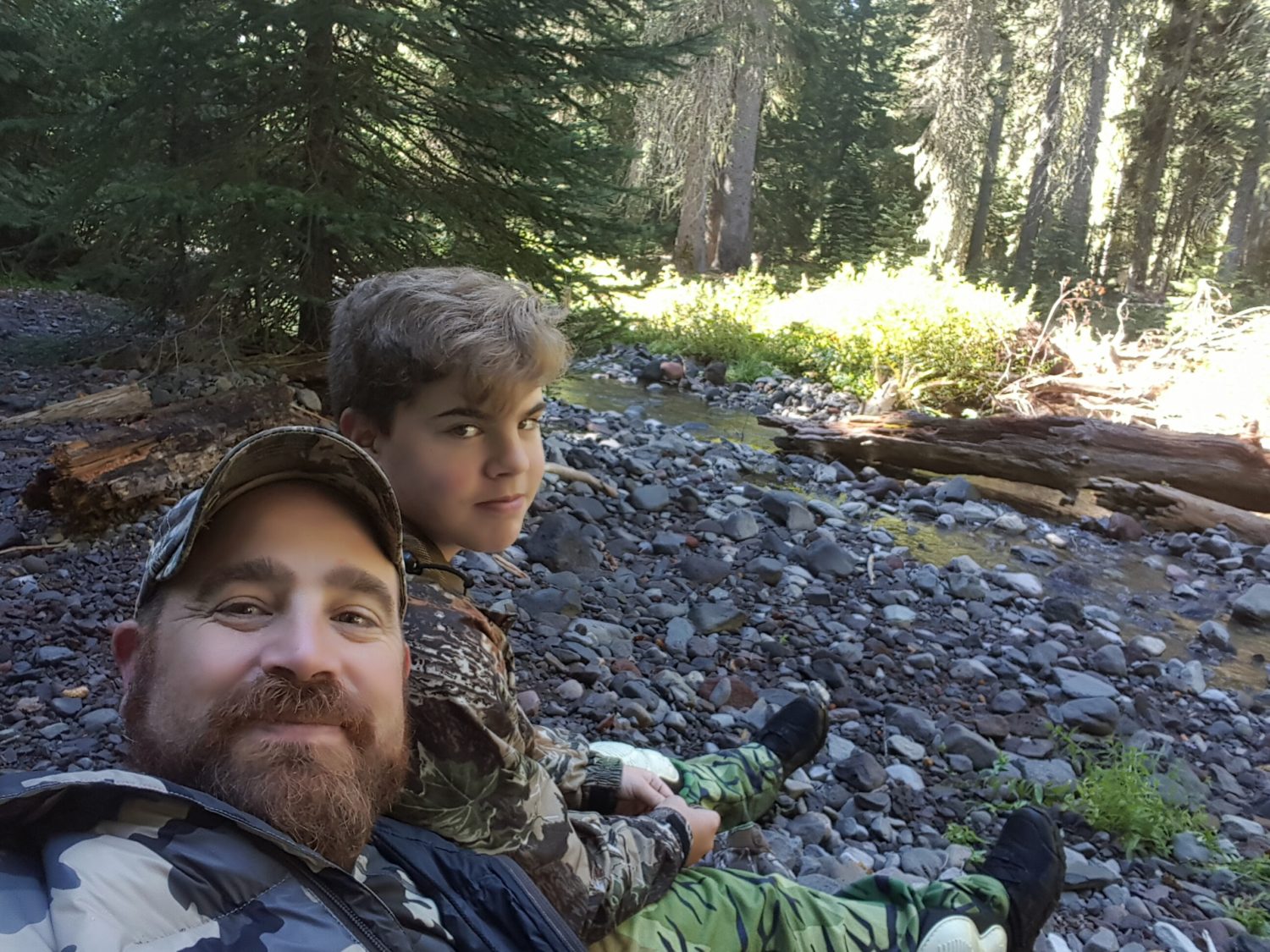
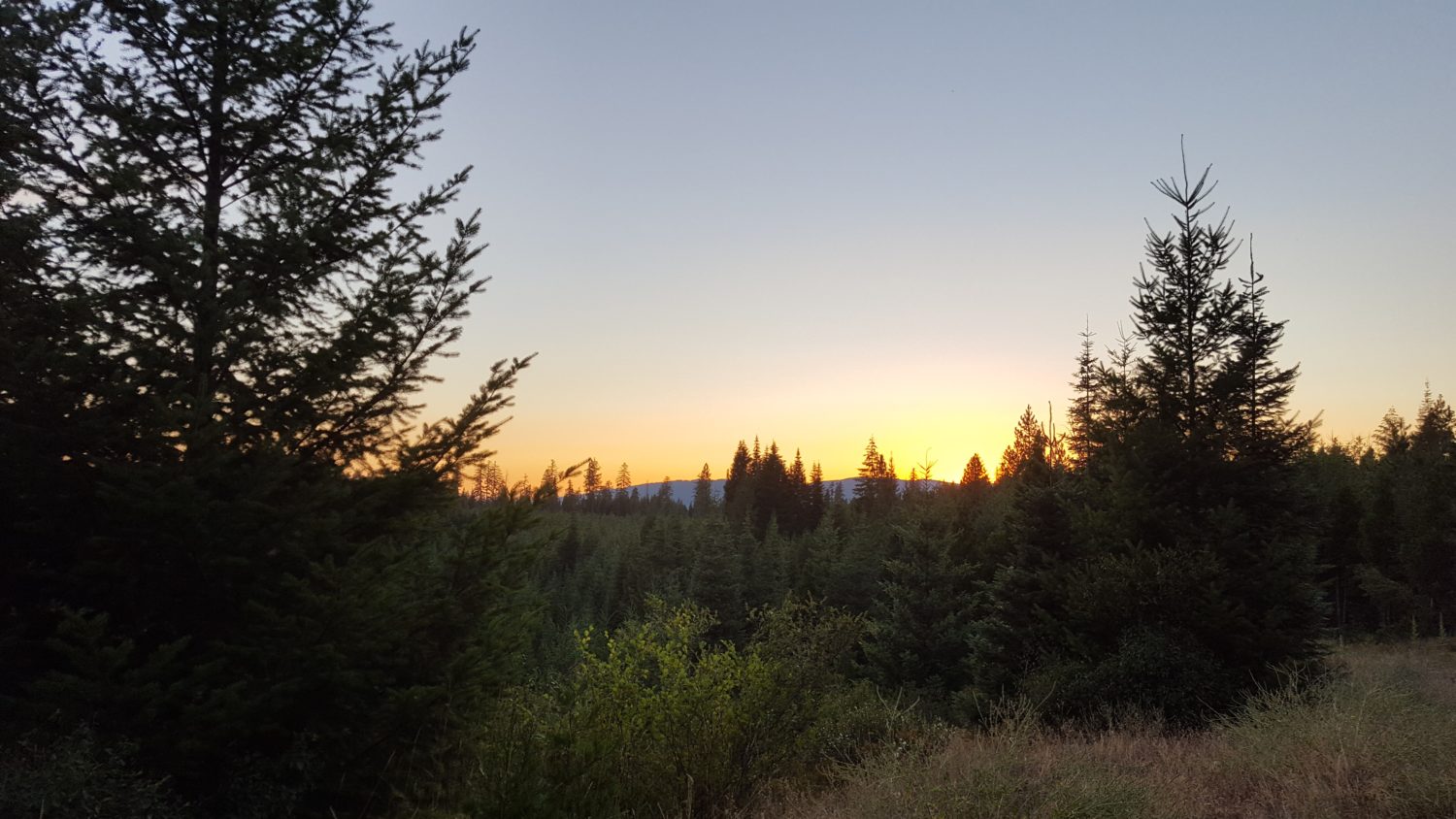




There is federal law regarding this situation and the landowner could be sentenced to up to one year in jail and $1,000 fine. Under the Unlawful Inclosures Act 43 USC section 1061-66, If the citizen blocked from trying to use the public lands feels compelled, they can file a citizen affidavit with the US Attorney’s Office in the proper district, and the United States is required by law to file a civil suit against the landowner or the party creating the unlawful enclosure. It is nice to seek agreement and help from relevant law enforcement as the article indicates but they may not always be willing or fast to act – the UIA, a Congressional Act, is another option. There is also federal regulation addressing signs specifically, 43 CFR 4140.1 (b)(7) (7), Interfering with lawful uses or users including obstructing free transit through or over public lands by force, threat, intimidation, signs, barrier or locked gates – punishable by a $500 fine. In some cases there are also state laws such as hunter harassment but they are rarely used or enforced. I would like to hear TRCP’s take on the UIA and whether it may be applicable to landlocked public lands, specifically where it states a violation of the UIA is, “the assertion of a right to the exclusive use” to the public lands.
http://uscode.house.gov/view.xhtml?path=/prelim@title43/chapter25&edition=prelim
This article assumes that the penalties will be enforced. Based on the Bundy experience, federal land agencies tend to back down to the landed gentry. The Bundy’s owe a huge amount for grazing violations and may well walk free even longer after the current trial, so I put little faith in the suggestions above. I know what my response would be to some welfare cowboy’s no-trespassing sign, but here in the land of exceptionals, land of free speech, I might be arrested for voicing it.
If the Ranger removes the signs but can’t identify who put them up, isn’t it possible that this would lead to an angrier person who put the sign up in the first place. If a landowner mistakenly puts up signs on property that is not his own, I would hate to be confronted by an angry landowner who feels that I am trespassing and maybe thinks I am the person who is taking down his signs .
Michael, landowners know their boundaries, down to the last inch, as well as they know the subsidies they receive, down to the last cent. But, they’re pretty fair actors, especially the anger part, since they are truly angry that anyone would take issue with their having posted public lands. They hate getting caught.
Another old trick of the landed gentry is to put locked gates on public roads. Used to be BLM would cut off the locks, but those days are gone. BLM suffers from regulatory agency syndrome, in that they identify more with welfare livestock farmers than they do with the public.
Don’t be intimidated by “land grabbers” like this. I find it very hard to believe he does not know it is public land. Guys like this are just trying to intimidate for whatever their selfish reasons are. Confront the issue and turn him and is pickup in to authorities. Several western states are now emboldened to continue their own little sage brush rebellions. I now refuse to visit or do business in these states, like Nevada and Utah.
Over the past 20 years or so, my friends along with myself have had a few run-ins with Ranchers out in WY, where typically laws always are tipped in their favor, with perhaps the exception of having gates and mis-marked property boundaries posted inaccurately between theirs and BLM, NFS, State lands, etc.. Personal experience tells me it is wisest to avoid potential and unnecessary conflict. When my friends and I knew our coordinates and were able to provide evidence pictures, the proper officials have remedied the problem. I now make sure that my phone has the numbers to any of the offices that may oversee land, just in case.
I ran into this very situation in Nov 2016 near Jordan Valley, OR. A gate was locked and posted, and the rancher showed up to run me off. But once I pulled out a detailed map and asked him to show me where we were, and how I was in the wrong, I could tell he was lying. But I still had to leave, and my hunt plan was ended. Called the BLM the next week, they knew immediately by my description who it was. BLM said rancher would remove the lock. But I doubt he has ever been fined or even hand slapped.
Read all these articles. Makes me wonder about all the miles I’ve traveled in utah trying to hunt coyotes and found nothing but mile after mile of fence with closed and locked gates in what my map told me was public land.
After reading these comments, I, agree one should be respectful. However, at the same time, I’m thinking; to hell with that! These are nothing but greedy people and they deserve NO respect… I’m just saying.
We have had these same problems in Wyoming. Pieces of accessible public land with new “No Trespassing” signs. And once a rancher tried to run us off BLM ground, until we showed him our map. He knew we were on BLM ground, but figured he could bully us. And yes, we reported these issues to the game warden who showed no interest. His priority was writing tickets to non-residents.
I use onxhunt app..found no trespassing signs and locked gates all over National Grass lands in Central Oregon.. My tracker clearly showed I was on public.. and would never hesitate to tell private owner how I feel.. it really ticks me off..
Shoot off lock and take down gate. Leave a note why and report it to the state or whom ever is claiming the land.
They expect people to not know any better, don’t give them any satisfaction of succeeding their agenda of stealing land that’s not theirs. There’s a law, of a piece of land or section of public land stays unclaimed undisputed etc. the person maintaining improving or whatever to said land can take ownership of said land after a certain period of time.
As a public Land Hunter in California, opportunities are few and far between. Much of the best habitat is on private land, and hunting pressure on public lands is high, so I too get upset when public land is inaccessible, and especially when an illegal sign makes it so. Nonetheless, comparing every rancher to the Bundys or characterizing them as landed gentry is silly. The article recommends smart strategies that have worked for me every time I have tried them, but if you are still concerned you can always choose a third strategy of hunting there despite the signs, and then have law enforcement sort it out upon arrival. Of course you’ll have likely turned the landowner against every other public land hunter, but if you’ve actually tried the other strategies already, that landowner was unlikely to be access friendly anyway.
I am in Arizona and am having the same problem. We have a couple of welfare ranchers that lock gates, berm access all on public (State and BLM) land. One in particular , only has 1 section (1 sq. mile or 640ac.) of deeded land but locks the gate, prohibiting access to 60 sq. miles of public land. I am in the process of filing complaints with the State Land Dept., AZ Game and Fish and the BLM. Reading this article gave me some good information that should help in getting this Rancher under control. I’ll be taking photo’s and documenting locations tomorrow !!!
I’m in NE Az looking for support with rancher gates and fenced and road blockage. I spoke with head Range manager a few wooks ago. How can we support legislation changes concerning Az trust lands here. Which is BLM.
How is no access to landlocked BLM land ok. A lot of BLM land is surrounded by private land with no road access in Idaho ! The surrounding private property owner get use of the BLM land but pays no tax on it. The public can not use it , unless you helicopter in ! What’s with that ?!?!
Because I happen to own a fishing tackle company that gives me the right to put up no tress passing signs on rivers following, the timber companies broken logic
Anything left on public land is considered litter. I would take the sign down and treat it as garbage.
I reported illegally posted land to a BLM field agent twice,,,, he will no longer answer my calls or Text . I take it , he doesn’t want to be bothered with investigation of illegal postings of BLM land . Now What ? Pissed in Idaho . We are seArching for more illegal posting today . Have GPS , will travel . Onxhunt thank you
Your BLM agent could be taking kick backs from the rancher.
I am a surveyor by trade and have found 1 specific logging company that has been posting a ton of public land and gating roads that have right of way from BLM. Its funny that Sceneca Jones is the sign used for the article because they are the culprit!
You should travel to the Manistee National Forest in the Upper Peninsula of Michigan. The locals up there think they are owed all of nature. They have so much of the National forest posted private that I had to drive 15 miles away to get a Platte Map book to tell the difference. I found 1000’s of acres posted private that were public. I found entire roads chained off that were public. No officials up there cared to hear about it and all said it was someone else’s responsibilities. Beautiful area, rude people, lots of welfare.
I have discovered that private industrial timberland is doing the same thing with their permit-for-entry schemes. Many of the public lands locked behind their posted logging road gates have state Department of Natural Resources easements on them. The older easements have language that says the easements are for access to and from state lands with no restrictions on who can use them. The companies posting these roads and selling access are the largest private landowners in the United States, not some small farmer or rancher. This needs investigated because in Washington tens (perhaps hundreds) of thousands of landlocked acres of public land might not actually be landlocked. There is a huge opportunity here for the public to re-gain access to these public lands.
I think making a sign that says something like “BLM public land free for all uses” line 2 “no trespassing sign posted in violation” then just post it near the other sign and take a photo of both of them with the location.
Weyerhaeuser –the largest landowner in the United States–which owns half of my county in Washington state requires permits to get to their land. They are posting OTHER PEOPLE’s land that leads to their land. They and other timber companies that own lots of land are just putting signs in convenient locations like the state road Right of ways, or on neighbors driveways that lead to their land. With GPS they should know this is wrong. This needs to be illegal, too.
In addition, Rep. Judy Boyle wants to introduce bills to make it easier to sell public lands. Idaho historically has sold 40 percent of its lands; don’t let the salesmen fool you into thinking Idaho would keep lands open for public recreation. Even now there are Idaho lands locked up with “No Entry” signs.
What I encounter are the public who ignore signs and go where they want – these are hikers, people on bikes – not hunters. Our hunters are very respectful – hikers not so much.
I was confronted by a gentleman while sitting in my ground blind. He asked what I was doing and why was I on his land. I told him that I was legally bow hunting deer on NSF land. He claimed that he owned the land and that I must vacate now. I asserted that that he must be mistaken. We had a little unpleasant back and forth, before I told him that I would return with a map to prove that I was correct. When I returned with the map, I showed him the location and offered my apologies. He was right! There was a small section in the NFS area that was private. I told him that I respect his property rights and would not trespass again. In a twist of fate, the landowner said that I was welcome to hunt on his property. We have been friends now for almost 10 years. He gets the first slice of backstrap from any game that I harvest.
Here in WA, I tried to find access to what was at one point a large, mostly undeveloped, forested county park. Come to find out, previous access was sold to a private developer who now advertises “exclusive access to x acres of forest land”. I contacted the county and their response was, “we have purchased a new access point, but a portion of the path still crosses private land”. Ok, ridiculously inept for someone entrusted to handle our public lands, but I waited. A year later, I contact the same agent. I receive the response, “this land hasn’t been maintained in some time. What is your intention in accessing it?”. So now I have to report on my intended activities to access my own public land? I guess public access can be bought and sold, as long as you plan on giving the land back 5 years down the line.
I have spent the majority of my life on privately owned land (my ranch). I have seen the BLM put signs in the wrong place and maps that were off by more than a little and it exaggerated the BLM acreage and ownership. However, within the last 15 years the BLM has been able to (with the handheld GPS) be more accurate with their placing of public ground markers. I’m not saying that there are no ranchers putting signs where they don’t belong but in my experience there have been more people where they don’t belong even when signs are placed in the right spot. I’m not saying two wrongs make a right but maybe some landowners have found that by placing a sign in the wrong place it keeps those that are going a quarter of a mile over the line– closer to the public ground that they claim to respect. Always keep in mind that land is for sale all of the time and you too can own thousands of acres, it only costs money and it just depends on how hard you are willing to work and how many millions you want to spend–and then you can decide how much you want to buy.
our county public works purchased private property tax payers money now they locked the gate and the public cannot use it for recreational purposes such as hiking, hunting ect.. Isn’t state and county land owned by the people? I live in Minnesota.
this blog has some specific examples of Weyerhaeuser posting and blocking legal public access to state and federal public land
http://apps.kidvalley.com/Blog/?c=land%20access&p=1